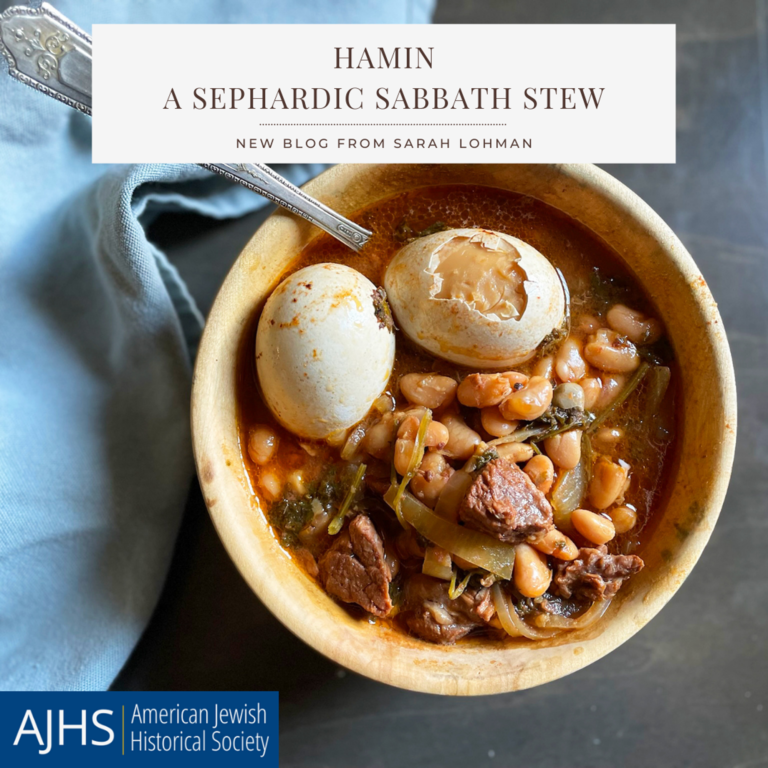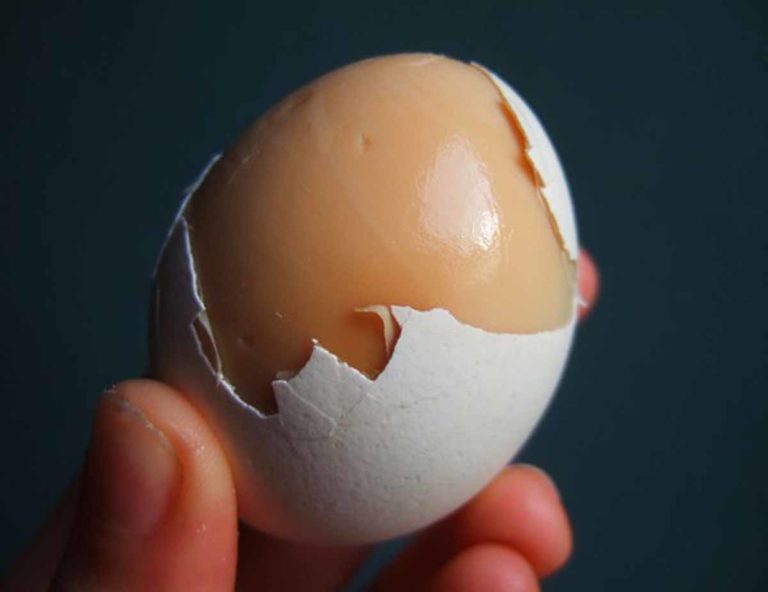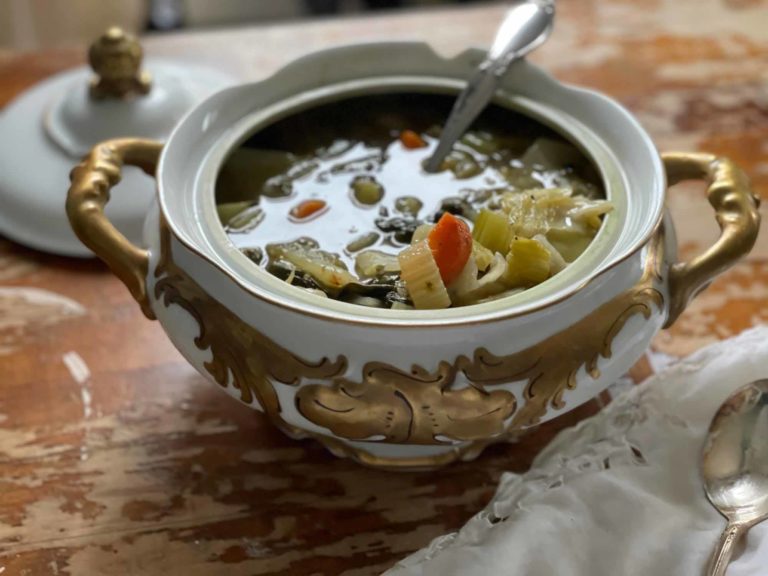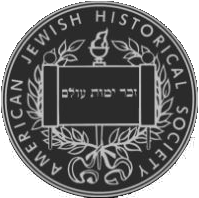This program originally aired on March 24th, 2021
A light fluffy choux pastry filled with cream that’s kosher for Passover? Sounds like a challenge! Culinary historian Sarah Lohman hosts a live demonstration with step-by-step instructions to help you whip up this delicate and delicious treat. Director of Collections Melanie Meyers pulls from several of the Passover cookbooks found in our collections that document food trends for the holiday, along with decades of matzo distribution efforts of various mutual aid and charity organizations throughout history. We included a recipe below so you can give them a try! Let us know how it turned out by tagging AJHS @ajhsnyc on social media.
Cream Puffs
From Tempting Kosher Dishes, 1930.
1 cup water
⅓ cup vegetable shortening
½ teaspoon salt
1 cup matzo meal
4 eggs
Makes about 20 puffs.
- Preheat oven to 450 degrees.
- Bring water, vegetable shortening, and salt to a boil in a heavy-bottomed saucepan over high heat. In the meantime, crack eggs into a liquid measuring cup with a handle and pour spout.
- When fat has melted, add matzo meal and stir vigorously with a heat-safe spatula until dough no longer sticks to the sides of the pan.
- Remove from heat, and add eggs one at a time from the measuring cup, stirring each one in quickly and vigorously with the spatula.
- Using a spoon or a cookie scoop, drop tablespoon-sized balls of dough onto a greased cookie sheet.
- Bake for 25 minutes; do not open the oven door during this time. Turn down heat to 325 degrees – ok, now you can open the oven door for a minute to peak. Hopefully, your puffs have puffed, and opening the door helps to let out some steam. Bake 35-45 minutes longer until puffs are deep golden brown on top, and when sliced open, reveal a pocket in the center.
- Allow to cool completely on a wire rack. These are best made the day before and allowed to sit out overnight to get slightly stale (but put them in a sealed container if the weather is humid).
- Fill 2-4 hours before serving, either by slicing horizontally three-quarters of the way through and spooning in a generous dollop of filling; or, poke a hole in the bottom of the puff with a paring knife and use a pastry bag fitted with a metal tip to fill. Dust top of puffs with powdered sugar.
Kosher-for-Passover Cream Puff Filling
I first tried the filling from Tempting Kosher Dishes, and it didn’t pass muster. First of all, it includes butter, which means it’s difficult to serve after a Passover Seder. Second, since the primary liquid used is water, it’s pretty tasteless. And third, it’s too loose; a cream puff filling must be firm so it doesn’t ooze out. So, I used the historical recipe as a point of inspiration, and consulted several similar modern vegan recipes, and came up with the tasty filling below.
For the coconut milk, you want the kind in the can, and preferably a Thai brand, which contains more fat. The fat will add to the richness of the filling. When you open the can, whisk any solidified fat into the milk using a wire whisk or immersion blender.
Cornstarch works better than potato flour as a thickener, but is not considered Kosher for Passover if you’re Ashkenazic; it is Kosher for Passover if you’re Sephardic.
2 eggs
¾ cup sugar
2 tablespoons potato flour or cornstarch
Zest and juice of one lemon
1 cup coconut milk
½ teaspoon lemon extract (optional)
- In a glass or otherwise heat-safe bowl, beat the eggs well.
- In a separate bowl, whisk together sugar and potato flour or cornstarch. Add to eggs a little at a time, whisking constantly. Add lemon juice, zest and coconut milk.
- Cook in a double boiler until thick, about 20 minutes. Whisk occasionally, and constantly the last five minutes. When thick, stir in extract if using.
- Remove from heat and allow to cool to room temperature. Press plastic wrap on the surface of the custard, then refrigerate overnight. If the custard is too stiff the next day, whisk vigorously to loosen it.







